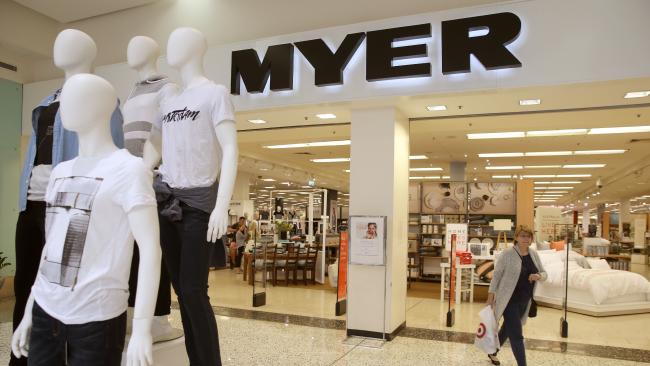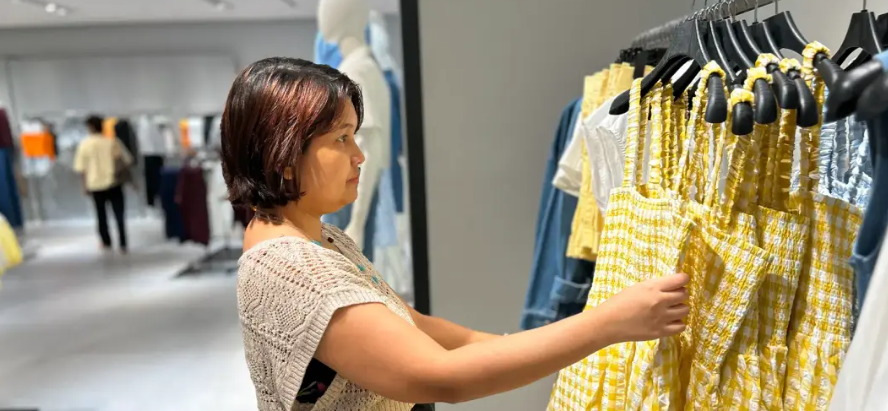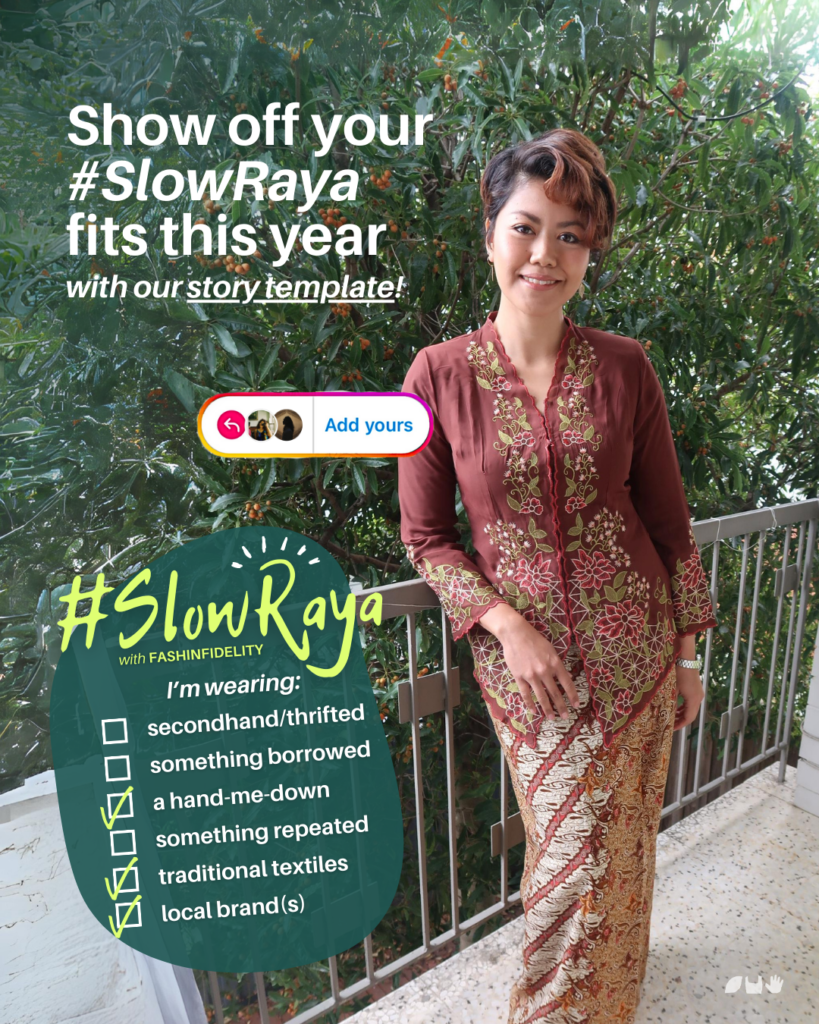Our middle class is no longer. With the tightening of our household budget, everyone wants cheap. We don’t sacrifice looking good, so enter Fast Fashion.
461 words; 2 min read
Updated 15 September 2018.
In 2002, (now Sir) Philip Green bought the Arcadia Group for £850 million. In 2005, his star brand Topshop accounted for £1 billion of UK clothing sales alone for the first half! (A feat, considering the entire clothing market was worth £7 billion.)
Fast forward to 2017, Topshop Australia is now under administration, and Topshop globally is under nobody’s radar.. recording losses in revenue year on year. His other brands including Dorothy Perkins, Evans, and Wallis, among others are also no longer relevant.
It seems that buying clothing nowadays is limited to just cheap clothes, and expensive clothes. There is no middle-ground fashion. Take Myer Australia, for example. Once the icon of Australian retailing, it is on the slide with the department store group this week reporting an 80% profit slump and closure of another three of its stores.
Why? Because the operating model of selling fashion has changed. It involves quick turnaround, fresh pieces, 24/7 ‘trends’, online selling platforms, social media branding, and a whole lot of marketing to the right audience. Not to mention aggressive ordering tactics that are downright unethical. Because of this, fast fashion is cheap. Super cheap.

Photo by Charisse Kenion via Unsplash.com
As Retail Week Prospect senior analyst Rebecca Marks suggests in June, “The younger consumer wants something they can wear once. They don’t want to be seen on Instagram in the same outfit.” Sad state of affairs, but says it all, really.
I don’t know if I’m sad or outraged. I suppose the sign of the times is saying that fast fashion has really become Big Fashion (much like its predecessor, Big Agriculture and Big Pharma) and is dominating the retail sector. It’s definitely having a moment. It’s not the healthiest model for the economy, the planet, and technological pioneering.
At the same time, more and more of us are realising that fashion is no longer trendy. As we age, we buy clothes that fit well, last longer and can easily match a few of our wardrobe favourites. We are not swayed by so-called ‘trends.’ We learn to appreciate sewing, curating our own wardrobe, and the art of mending clothes.
With the emergence of alternative fashion brands out there that are providing an ethical consciousness to our current consumer market, there is reason to believe fast fashion will not hold its position and sit on its high horse forever.
I’m no economist, but I’d like to believe the insurgence of the slow fashion movement will come to a juncture with the current unsustainable model. It’s highly possible. And it’s just a matter of time.
Join us in our Slow Fashion movement with the hashtag #ConscientiousFashionista and #wardrobetruths on Instagram, and follow us at @fashinfidelity.
Tags: #conscientiousfashionista #wardrobetruths #lessonsinfashion #ethicalfashion #fastfashion #slowfashion #fashionisnolongertrendy #fashioneducation




